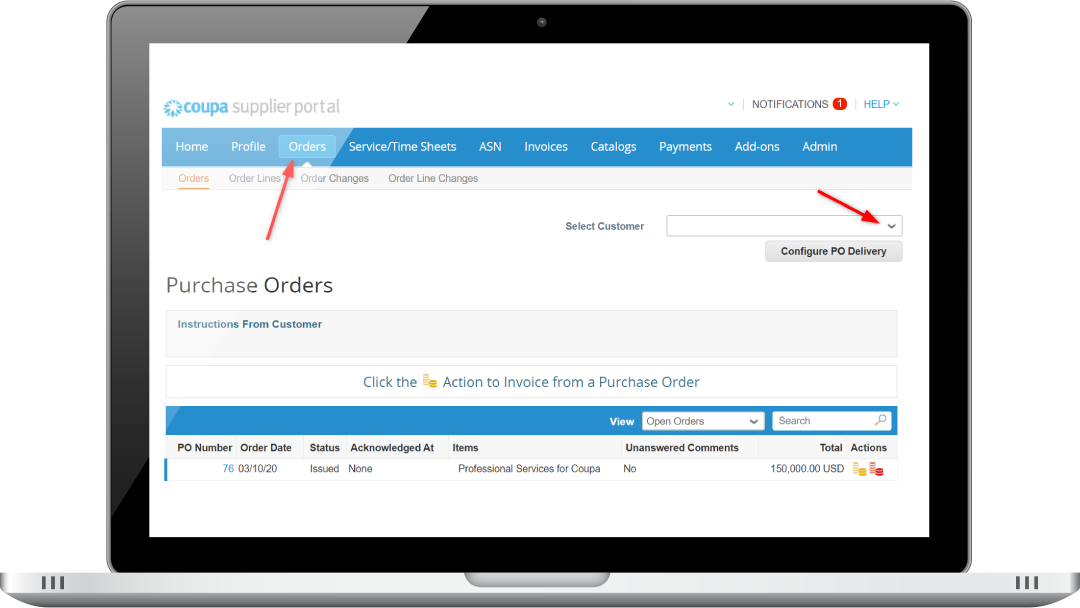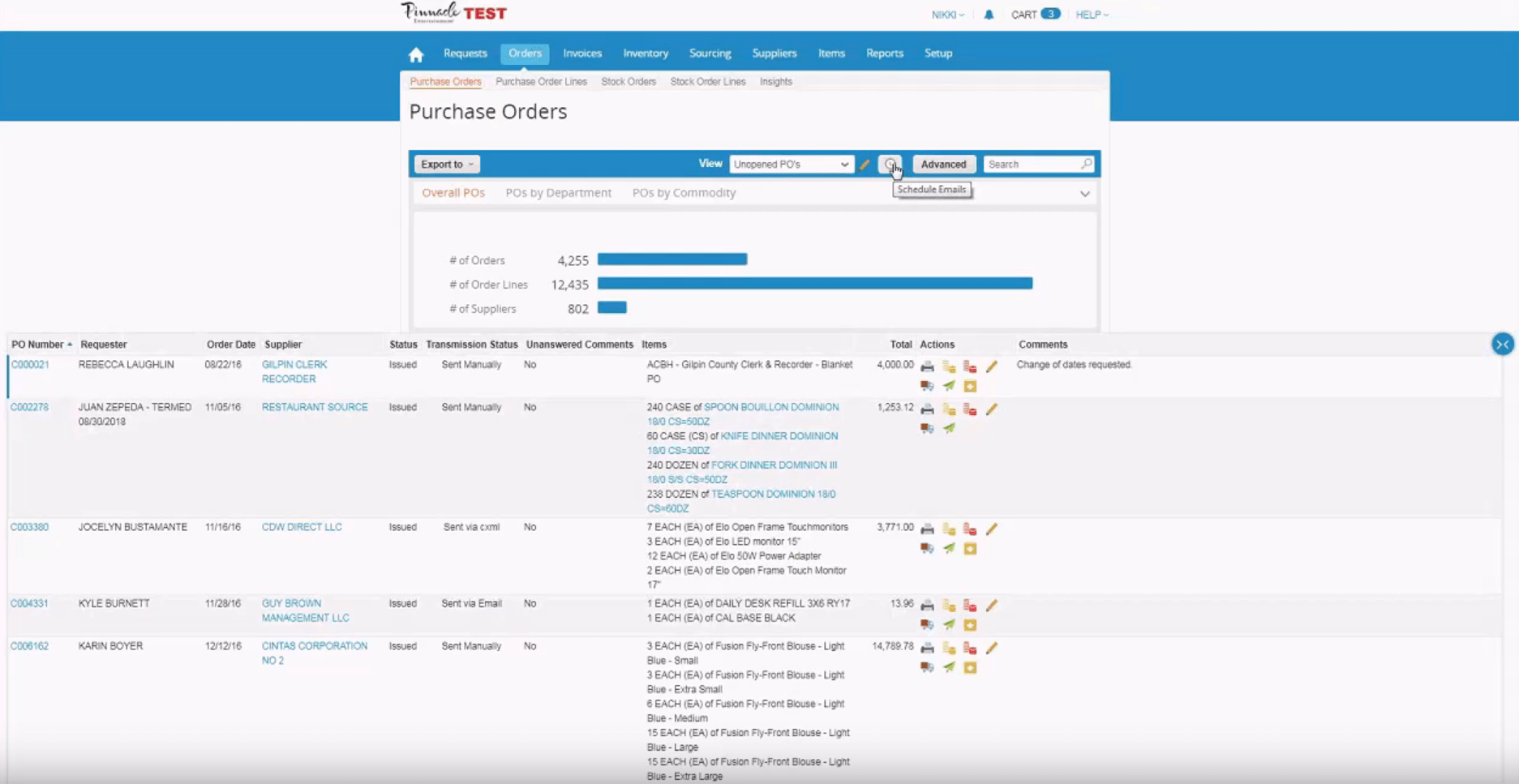

The vendor advises the business of anticipated turnaround times and shipment dates. The vendor receives the purchase order and transmits a confirmation of its receipt, often with an acknowledgment that their stock levels are appropriate for fulfillment. At this stage, the department creates a purchase order (PO) for the required goods, records the PO as a unique record in its books, and transmits the order to the vendor for fulfillment. Negotiations with new vendors can take time unless your business already has an established contract with clear terms. With a vendor identified, purchasers must determine the appropriate price and ensure that it aligns with their department's buying power. The purchasing department then takes these specifications and identifies a vendor, or selects a preferred supplier based on previous orders and experiences.

The department that has the requirement defines the need and sets specifications.


Purchase RequisitionĪt this stage, the business identifies a need for a part, a finished product, a service, or anything else that it may require from an outside vendor. For multinational companies, the procurement cycle is a source of a significant amount of information and extensive responsibilities. In big businesses, various parts of this cycle often occur all day, every day. In a typical procure-to-pay cycle, there are five stages for a business to reach a completed transaction. Transforming Procure to Pay with Advanced Software Solutions.What Is the P2P Process in SAP When Using Kofax AP Essentials™ Integration?.The 5 Major Procure-to-Pay Process Steps.In this quick guide, we'll explore answers to the following question: Let's examine the basic steps in a modern P2P cycle, their inefficiencies, and how modern, AI-empowered software solutions can integrate with leading ERP platforms for success and savings. As businesses grow and operate at a greater scale, P2P and related accounts payable processes must transition from simple paper-based workflows into sprawling efforts that often demand automation and computer aids. This cycle describes the steps that a company must take to procure the items and pay the appropriate remittance to the supplier, less any discounts and adjustments.Īlthough simple in theory, the modern P2P cycle for enterprise-level businesses is a highly complex undertaking with many moving parts. "Procure to pay," or P2P, is the full cycle of actions and events that a business engages in when they require goods or services from an outside supplier.


 0 kommentar(er)
0 kommentar(er)
